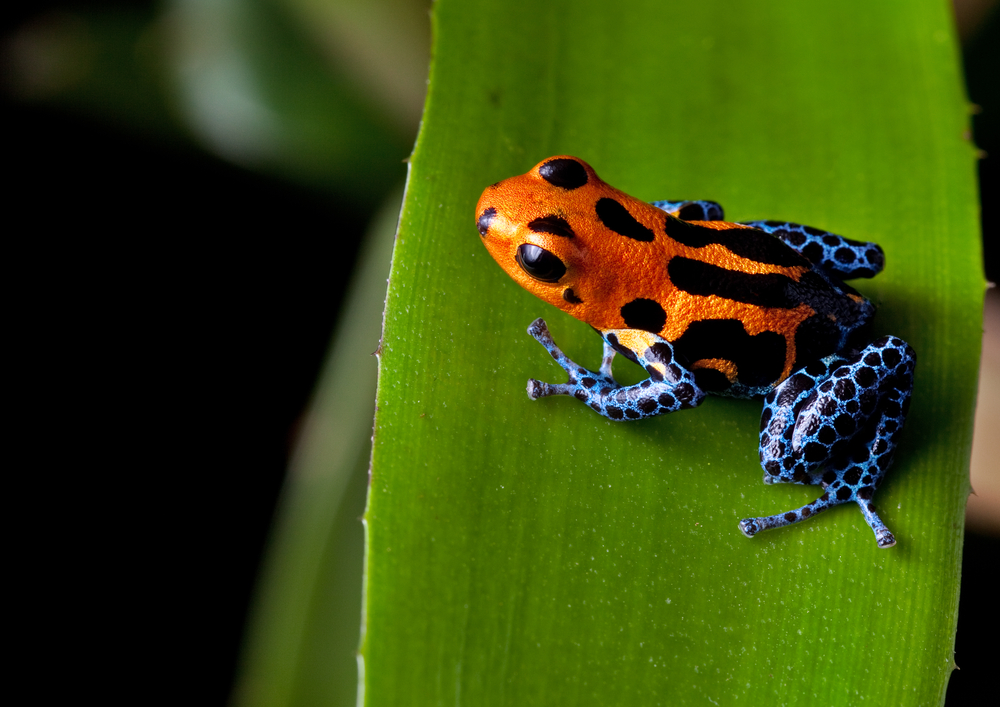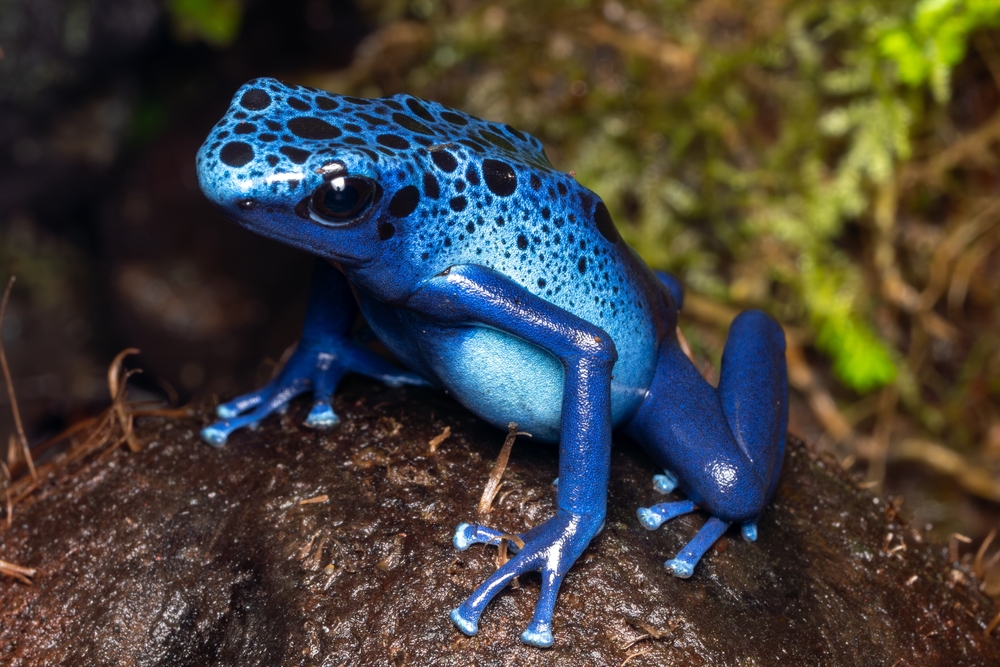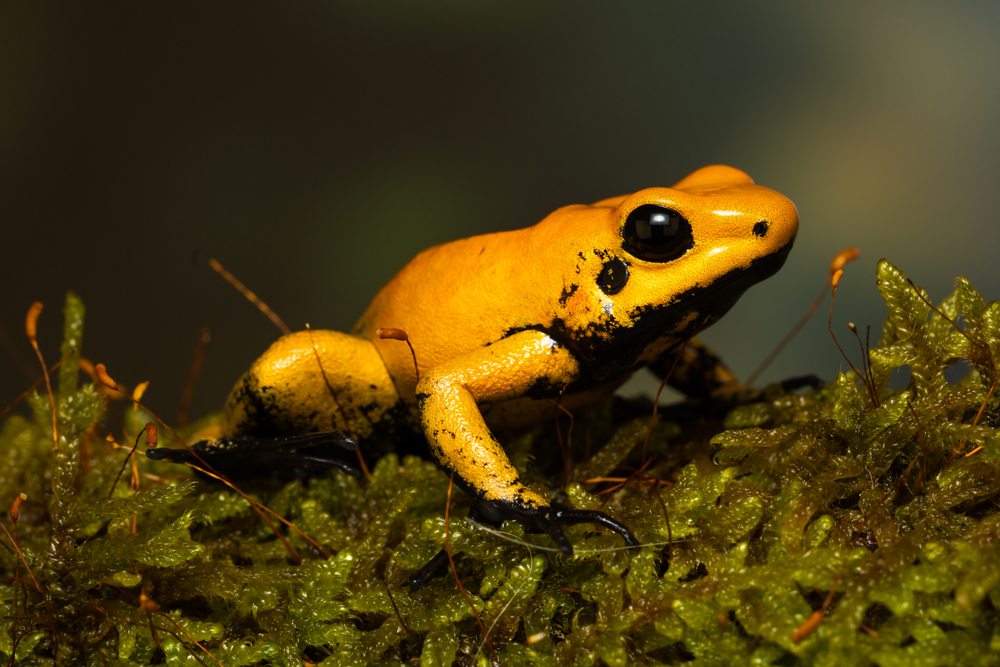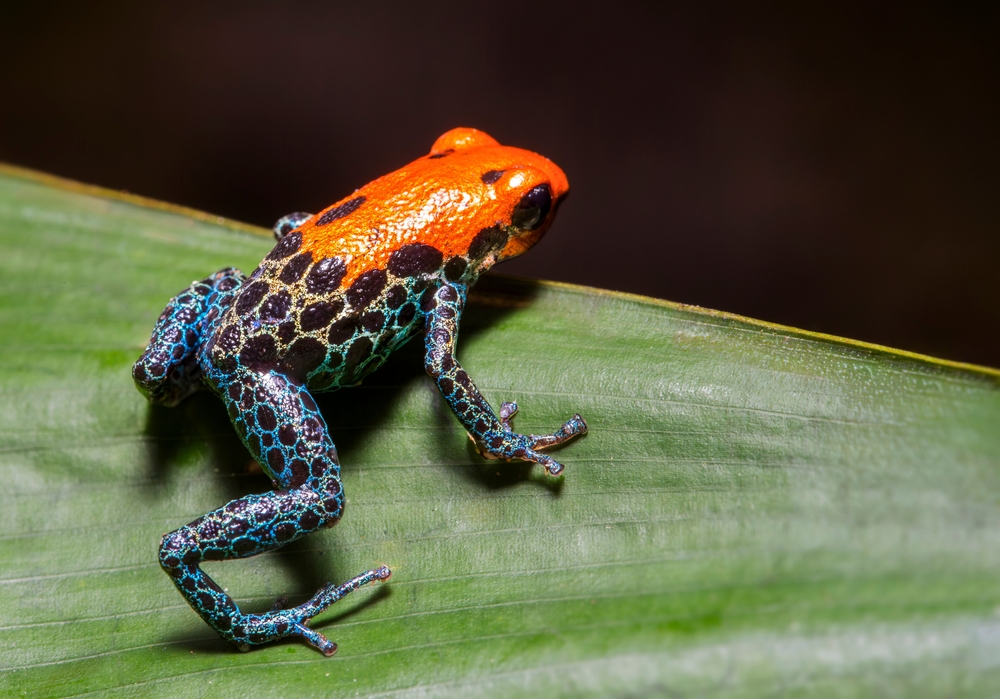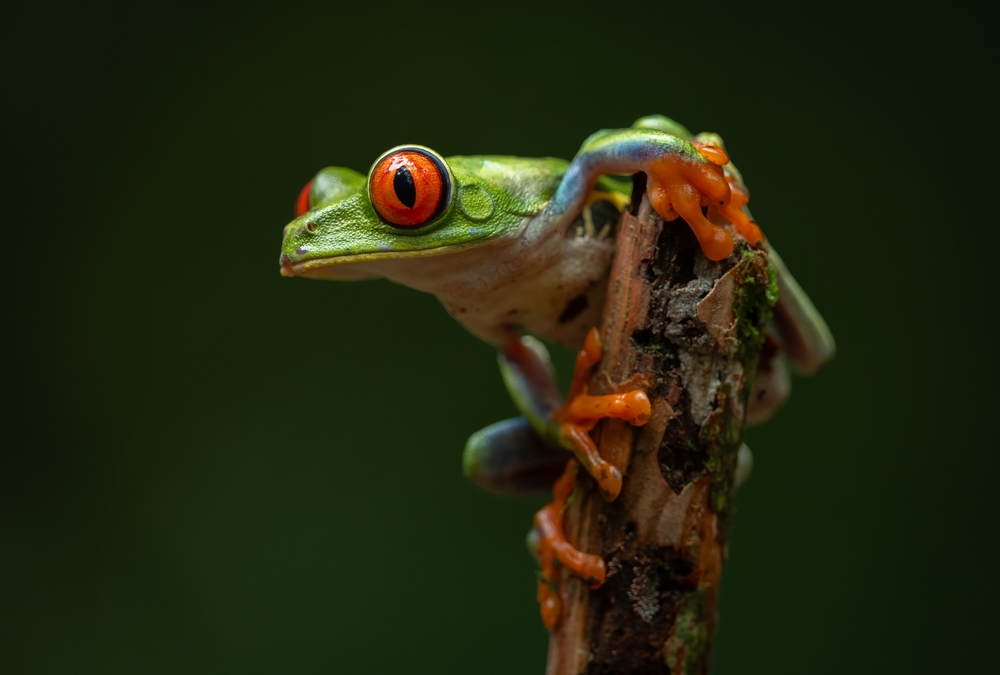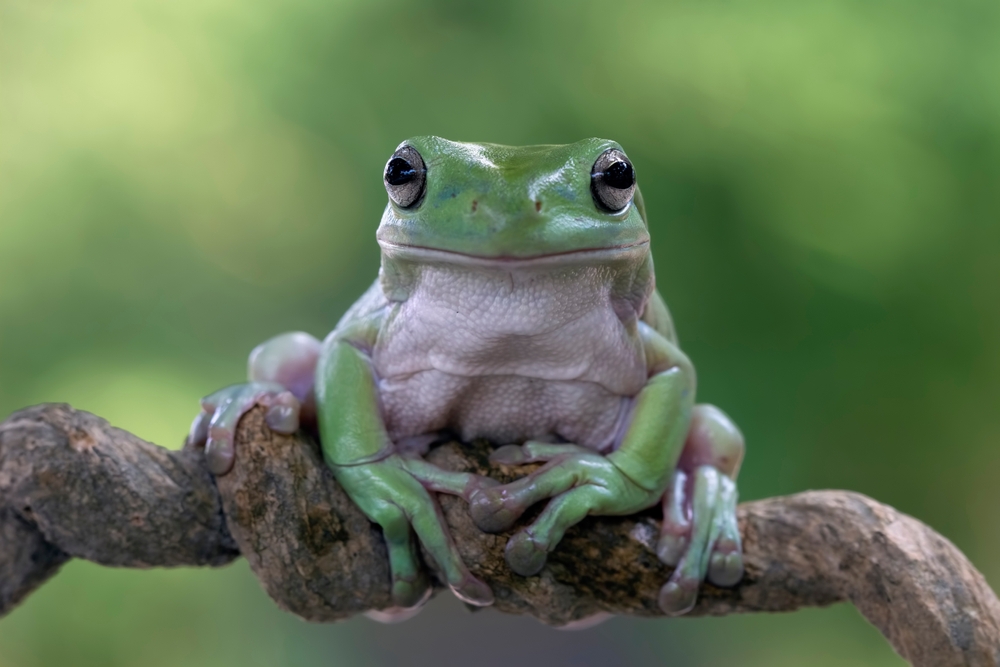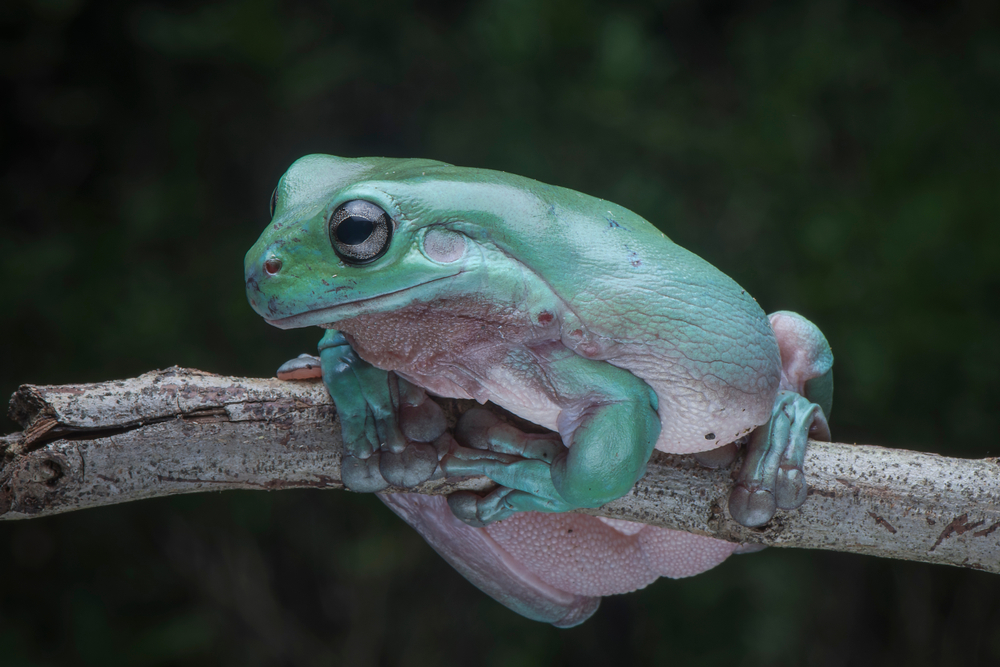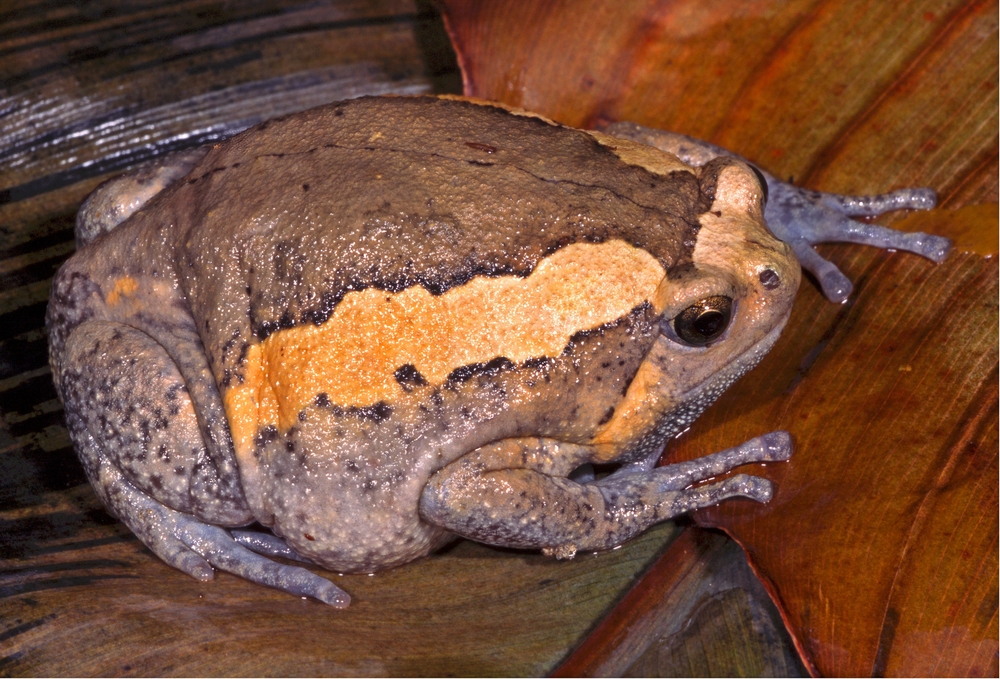Uniqueness
Striking Striped Pattern:
Unlike the majority of poison dart frogs, which display spots or blotches, the Striped Poison Dart Frog features bold, longitudinal yellow or green stripes running vertically down a dark body. This high-contrast pattern makes it one of the most visually distinctive terrestrial dart frogs and may function as both aposematic signaling and camouflage among forest shadows.
Terrestrial Specialist in a Primarily Arboreal Family:
While many dart frogs (especially Ranitomeya and Oophaga) are arboreal, Ameerega trivittata is strictly terrestrial. It lives and breeds entirely on the rainforest floor, showcasing a different ecological strategy from its canopy-dwelling relatives.
Large Size Among Dart Frogs:
This species is one of the largest poison dart frogs, with some individuals reaching up to 5 cm (2 in) in length. Its robust body size allows it to tackle larger prey and makes it more visible to predators—reinforcing the effectiveness of its warning coloration.
Mild Toxicity Despite Bright Colors:
Although brightly colored, Ameerega trivittata is not as toxic as other famous dart frogs like Phyllobates terribilis. Its alkaloid skin secretions can cause discomfort to predators but are not considered deadly to humans. This makes it a classic example of warning coloration with moderate chemical defense.
Advanced Parental Care Without Egg Feeding:
Males display sophisticated parental behavior:
-
Guarding and moisturizing eggs
-
Transporting tadpoles individually on their backs to safe aquatic sites
Unlike some related species (e.g., Oophaga pumilio), they do not feed their tadpoles with unfertilized eggs, yet still demonstrate high care investment—an intermediate reproductive strategy within the Dendrobatidae family.
Amazon Basin Endemism:
Native to the lowland rainforests of the Amazon Basin, especially in Peru, Brazil, and Bolivia, this species is a key example of South American amphibian diversity. Its health reflects the ecological integrity of the Amazon floor, making it a potential bioindicator species.
Ecological and Educational Significance:
Due to its bold appearance and more moderate toxicity, the Striped Poison Dart Frog is commonly used in educational and conservation exhibits. It helps introduce people to the complexity of dart frog evolution without the extreme risk of highly toxic relatives.



































































